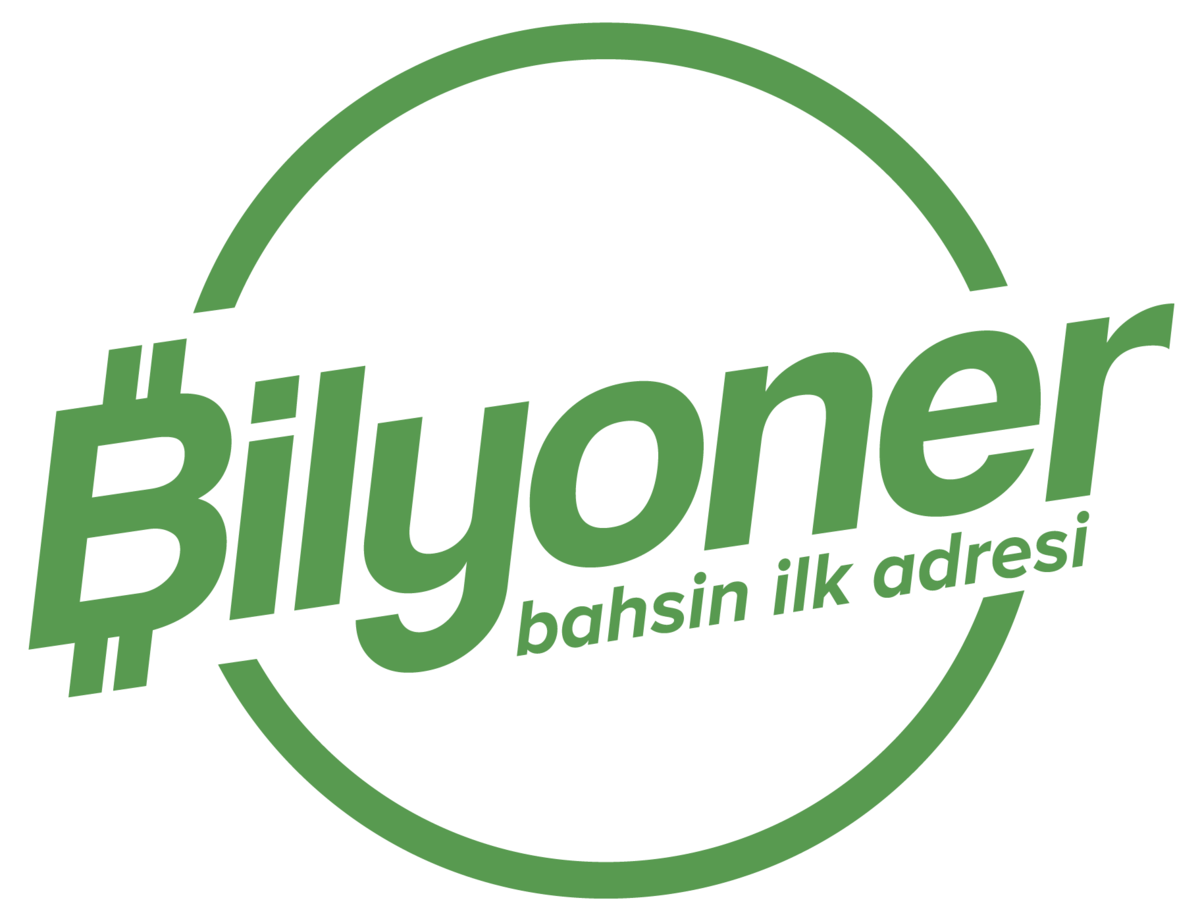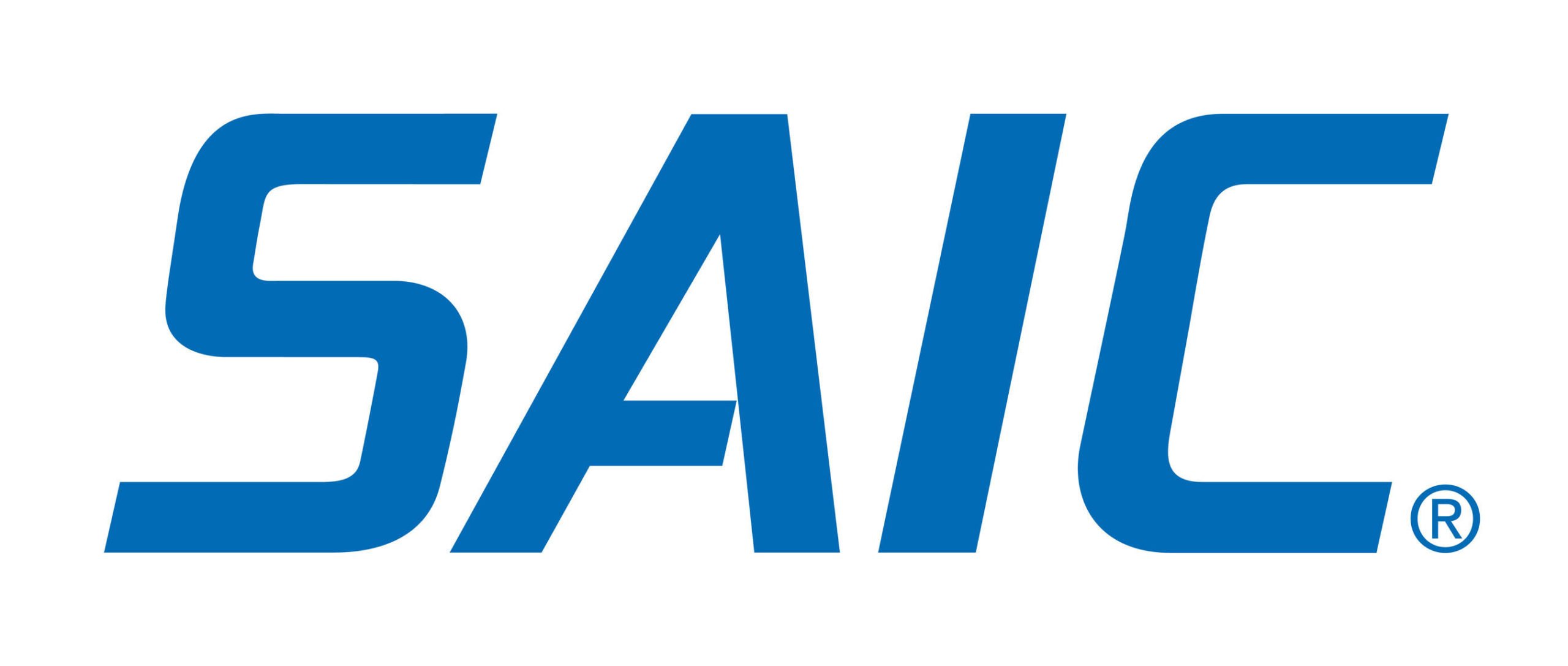Construction · Enterprise Mobility
Showing product images in workflows transformed fulfilment process for Saint-Gobain.
Featured

Construction · Enterprise Mobility
Showing product images in workflows transformed fulfilment process for Saint-Gobain.
Featured

Non-profit · Endpoint Management & Security
An “incredible system” helps people with MND/ALS reclaim their voice.
Featured

Government · Endpoint Management & Security
Ivanti's UEM+MTD enhanced mobile device management and threat protection.
Filters
Product Category
Industry
Region

Supply Chain · Enterprise Mobility
Gist transformed the supply chain with voice-enabled stock picking.

Energy · Enterprise Service Management
Aggreko centralised it's global system to cover all service management processes with fast, easy access for users.

Logistics · Endpoint Management & Security
Ivanti Neurons prevailed against the competition to bring a 360-degree view to BCD Travel's IT department.

Media and Entertainment · Endpoint Management & Security
Bilyoner boosted its business efficiency while eliminating the mobile-device management load on IT support teams.

Education · Enterprise Service Management
Cape Peninsula University of Technology increased client performance with SaaS-based service management.

Finance · Enterprise Service Management
Learn how Ivanti's IT Service Manager solution met Capitec’s high availability and ease-of-access requirements.

Logistics · Endpoint Management & Security
Appurity delivered an enterprise and bespoke secure device build with the power of Ivanti Neurons for UEM.

Insurance & Risk Management · Endpoint Management & Security, Exposure Management
Funk Gruppe secured and managed 1,500 digital workstations with Ivanti Endpoint Manager.

Infrastructure · Endpoint Management & Security, Network Security
HHNK embraced zero sign-on and mobile threat defence to support a secure everywhere work environment.

Education · Enterprise Service Management, Exposure Management
Kingston University delivered IT services across campus and around the globe.

Non-profit · Endpoint Management & Security
An “incredible system” helps people with MND/ALS reclaim their voice.

Government · Endpoint Management & Security
Region Midtjylland secured 31,000 endpoints with Ivanti DesktopNow.

Finance · Enterprise Service Management, Network Security
"I always know what is happening”: REYL Intesa Sanpaolo optimised ITSM and secure access.

Construction · Enterprise Mobility
Showing product images in workflows transformed fulfilment process for Saint-Gobain.

Manufacturing · Endpoint Management & Security
Škoda redefined the retail experience with a managed mobility solution.

Education · Endpoint Management & Security, Enterprise Service Management, Exposure Management
Endpoint and service management integration: the key to SRH IT solutions’ efficiency and performance.

Healthcare · Enterprise Service Management
IT service automation helped the Priory Group better serve its clients.

Government · Endpoint Management & Security, Enterprise Service Management
The Groningen Provincial Council streamlined onboarding and offboarding processes with Ivanti Identity Director.

Non-profit · Endpoint Management & Security
Creating a secure, worry-free user experience for employees.

Education · Enterprise Service Management
“I’m amazed” – How University of Glasgow upgraded to enterprise service management.

Education · Enterprise Service Management
University of Oxford graduated to the cloud with Ivanti.

Education · Enterprise Service Management
The university of the west of england streamlined and revitalised services with Ivanti ITSM.

Logistics · Endpoint Management & Security
Logistics server provider kept applications on the right track.

Education · Network Security
Ivanti scaled operations and provided the platform needed for the implementation of zero-trust principles and secure remote access.

Healthcare · Enterprise Service Management
IT service automation enables Canada to ensure a safe blood supply.

Government · Enterprise Service Management
The City of Brampton improved service management flexibility and efficiency with cloud-based workflows.

Government · Enterprise Service Management
The City of Seattle added ITAM to its ITSM platform and improved service delivery while optimising assets.

Consumer Goods · Endpoint Management & Security
Conair achieved seamless cloud migration while reducing IT costs.

Education · Endpoint Management & Security, Enterprise Service Management
Deakin University hardens its shield with Ivanti.

Legal · Endpoint Management & Security, Enterprise Service Management
Debevoise & Plimpton delivered white-glove service using Ivanti’s "limitless" solution set.

Automotive · Enterprise Mobility
Dorman reduced picking inaccuracy by 86% with Ivanti supply chain solutions.

Healthcare · Endpoint Management & Security
El Camino reduced Windows logon times by 78% and drove VDI programme success.

Legal · Endpoint Management & Security, Enterprise Service Management
Gilbert + Tobin iImproved service delivery across different departments.

Digital Communications · Enterprise Mobility
Globe Telecom simplified endpoint security with Ivanti.

Food and Beverage · Enterprise Mobility
Goya Foods improved picking rate with Ivanti Velocity and Ivanti Velocity Voice.

Finance · Endpoint Management & Security, Enterprise Service Management
Grand Bank embraced unified IT infrastructure with Ivanti.

Energy · Network Security
The Independent Electricity System Operator shifted left for streamlined operations.

Consumer Goods · Enterprise Mobility
J. J. Keller realised a 10% gain in warehouse picking efficiency with Ivanti Velocity and Ivanti Velocity Voice.

Consulting · Enterprise Service Management
King & Wood Mallesons' IT services support business experience optimization.

Education · Enterprise Service Management
Loyola University granted user access 80% faster with Ivanti service manager.

Energy · Enterprise Service Management
Marathon Oil streamlined their IT process and boosted user experience with Ivanti and NCSI.

Healthcare · Enterprise Service Management
Memorial Health System found a complete ITSM solution in Ivanti Neurons after migrating from Cherwell Service Management.

Food and Beverage · Enterprise Mobility
Mile Hi Companies made significant cuts to warehouse picking costs and training time with Ivanti Velocity and Ivanti Velocity Voice.

Government · Endpoint Management & Security
Ivanti's UEM+MTD enhanced mobile device management and threat protection.

Transportation · Enterprise Service Management
National Express Corporation’s migration from on-prem to the cloud enhanced self-service capabilities saving time and money.

Healthcare · Endpoint Management & Security
NIH uses Ivanti to improve productivity with passwordless authentication to critical mobile apps.

Government · Enterprise Service Management
Oregon PERS improves customer service with Ivanti service management.

Logistics · Enterprise Mobility
Radial optimised it's warehouse RF technology with Ivanti Velocity.

Human Resources · Endpoint Management & Security, Enterprise Service Management
Randstad USA powered collaboration with Ivanti.

Technology · Endpoint Management & Security, Enterprise Service Management
ResultsCX delivered custom service management at enterprise scale with Ivanti Neurons.

Technology · Endpoint Management & Security, Enterprise Service Management
SAIC implemented a holistic enterprise solution and delivered novel security capabilities with Ivanti Neurons for RBVM.

Healthcare · Enterprise Service Management
Automation helped Samaritan Health Services elevate ITSM.

Funeral Services · Enterprise Service Management
Learn how SCI and Ivanti’s remarkable two-decade partnership led to industry-leading technology innovations and almost a million dollars in savings.

Finance · Endpoint Management & Security, Enterprise Service Management
SouthStar Bank shifted left with Ivanti.

Manufacturing · Enterprise Mobility
Driving warehouse productivity with voice‑enabled picking.

Finance · Enterprise Service Management
The First Bank transformed IT services to accommodate growth.

Healthcare · Endpoint Management & Security
UMC Health gained actionable insights from Ivanti.

Education · Endpoint Management & Security, Enterprise Service Management
Ivanti’s solutions enabled UniSQ to provide secure and seamless IT services in the cloud.

Healthcare · Endpoint Management & Security, Network Security
UVA health used Ivanti to help providers, patients, and families stay connected.

Infrastructure · Endpoint Management & Security, Enterprise Service Management, Exposure Management
The department of transport turned to Ivanti for ASD top 4 compliance.

Education · Enterprise Service Management
Victoria University improved customer experience with Ivanti service management.

Manufacturing · Enterprise Mobility
Weber tackled day-to-day supply chain challenges by adding voice recognition to their warehouse technology.